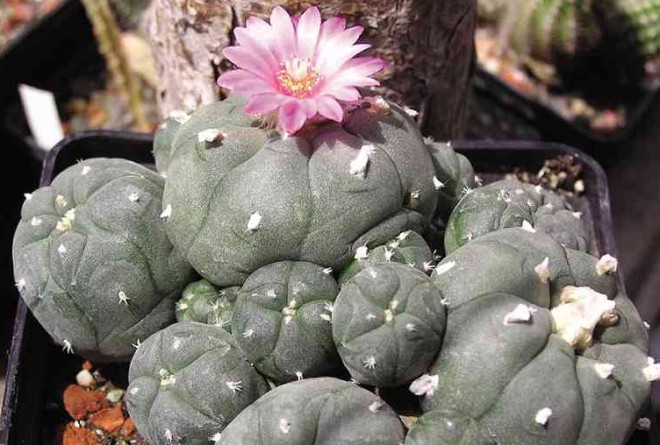
This will be held Nov. 13-23, at Quezon Memorial Circle.
Overall chair Dorie S. Bernabe said the theme is “Ancient Arts in Modern Times,” which will showcase bonsai, Suiseki, Ikebana floral arrangements, dish gardens, ornamentals, herbs, medicinal plants, ornamentals, cacti and other succulents.
According to history, the art was started in the second or third century by a Chinese Buddhist monk who was later dubbed a magician for culturing plants on rocks. Later, artisans used pots for growing plants, crediting the Chinese as the first civilization who cultured potted plants.
Related to bonsai culture is Suiseki, the art of collecting stones with natural forms, shapes or designs depicting a person, animal, flower or other interesting representations untouched by man.
Ikebana, the art of flower arrangement, also started among the Buddhist monks of India and China. In the beginning, they just gathered the flowers at the foot of their altar. The first person who organized floral art into a style was Ono no imoko, a priest who arranged flowers in his home close to the pond.
With the support of Prince Shotoku Taishi, the art of flower arrangement was called Ike no bo, referring to “the hut near the pond.” Ikenobo Society of Floral Art is the first school of Ikebana. Ikebana arrangements will be presented by the Ikenobo Ikebana Society of Manila.
Cacti and other succulents have been valued since ancient times. Members of the Cactus and Succulent Society will showcase samples native Americans used more than 5,500 years ago in their religious rituals.
Other varieties such as agaves have also been used ages ago. One particular agave species, maguey, was introduced from Mexico for the production of sisal fiber and was one of the important products of the Philippines before World War ll. This fiber was used to make ropes and paper products.
In Mexico and old America, the natives used agaves for tequila.
Apart from daily lecture-demonstrations open to the public, other activities include on-the-spot painting, flower arrangement and dish gardening contests.
Call 9394593 and 0922-8526085; e-mail serapionmetilla@yahoo.com.